Kranti Nagar, an informal settlement in Kandivali East, is not an area you would expect to be flooded so heavily during every monsoon. It has none of the features that typically characterise areas prone to waterlogging in Mumbai: low-lying, close to the coast, concretised, with scarce greenery around.
Instead, it is quite the opposite.
The informal settlement begins in forest land, at the foothills of the 103.84 sq km Sanjay Gandhi National Park (SGNP). It is on an incline, till it meets the more-or-less even terrain of Brihanmumbai Municipal Corporation (BMC) territory. While you would expect waterlogging on this flat-landing stretch during heavy rain, it is the residents on the slope that complain of water gushing into their houses every monsoon.
“Every year during monsoon, this hillside basti faces flooding issues and is inaccessible for days,” said a post by the NGO Youth for Unity and Voluntary Action (YUVA).
Because of the garbage dumped atop the hill all year round, as the rain pours down, so does the garbage. It brings along with it the surrounding mud and rocks that block the path for the water to flow down into the drain at the bottom of the slope. The resultant waterlogging causes the water to enter the homes of the residents.
Understanding the terrain
Looking down from atop the slope that Kranti Nagar is on, the vast informal settlement ahead looks like a uniform mass. But they are actually two distinct parts: the first lies in forest land, while the parts further downhill are on BMC land.
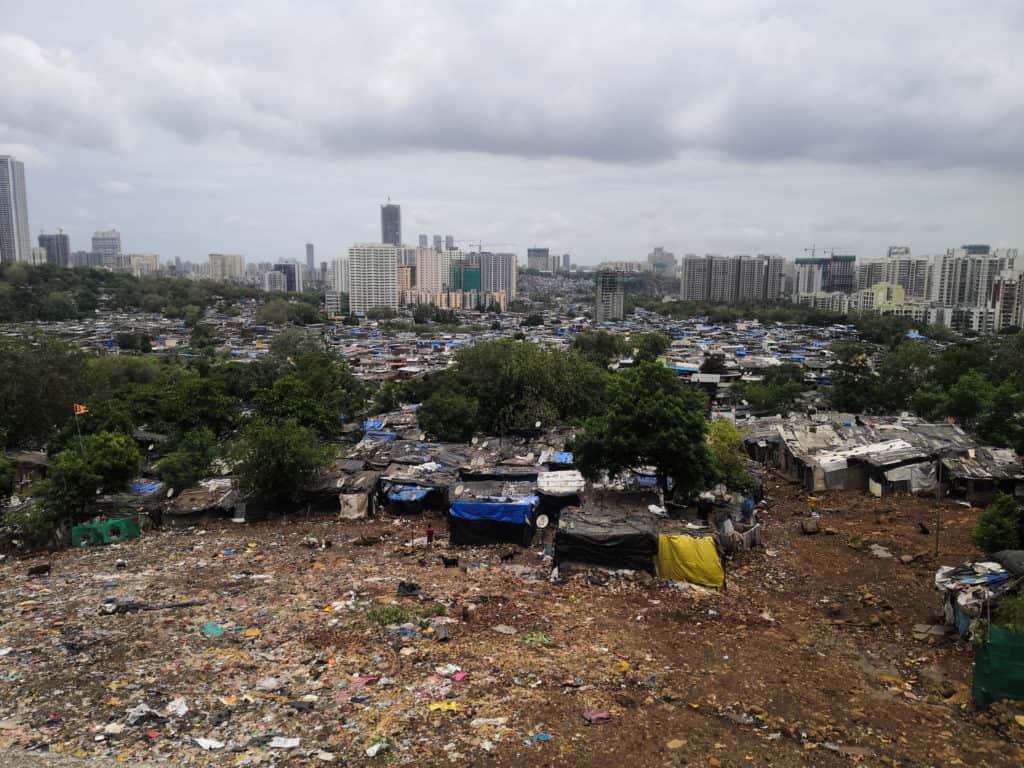
The difference between the two parts is stark. The area that comes under the BMC is built up: you will find brick housing, concretised roads, sewer lines, etc.

In contrast, the lanes that actually run through the forest land are unkempt and in disarray. The hutments are constructed of bamboo, rocks, chapris, and wrapped with plastic. The roads are unpaved, and any gutters that exist are more often than not dug out by the residents themselves.
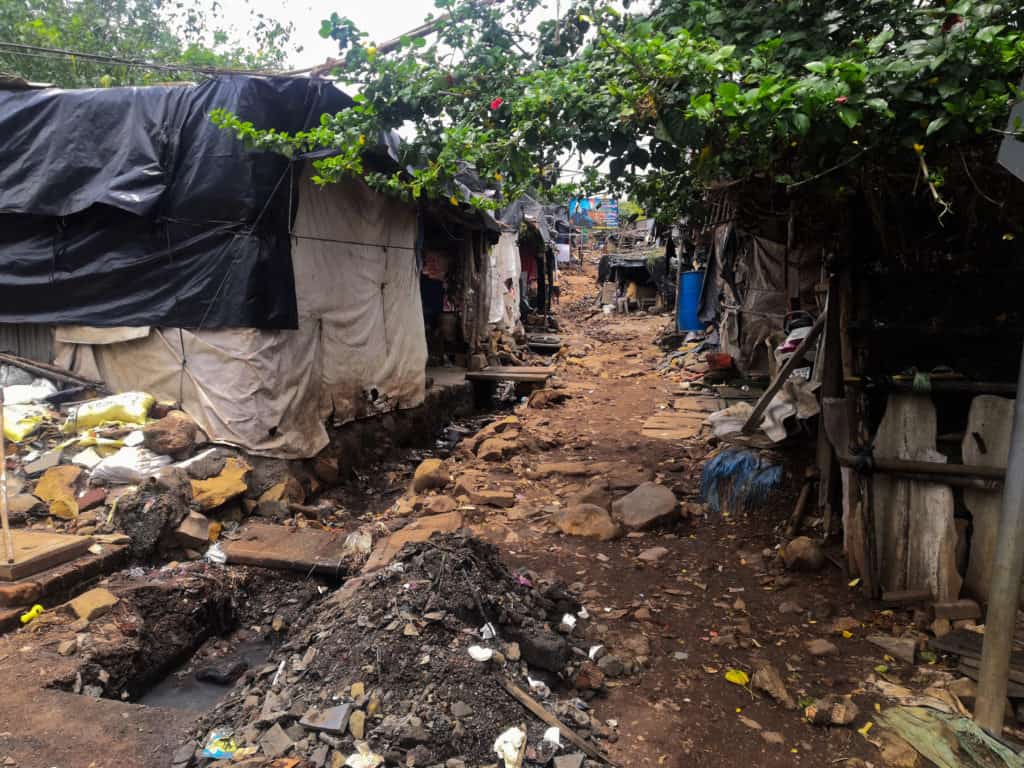
“Because Kranti Nagar lies on forest land, it comes under the jurisdiction of the forest authority — which means most construction requires their approval. The BMC doesn’t even provide basic services like sewage lines and garbage collection, as the basti falls beyond their purview,” says Manasi Pinto, senior programme associate at YUVA.
Acquiring NOCs from the Maharashtra Forest Department is tough, for residents and the BMC both. And often when the BMC takes up an initiative, they are rebuked and stopped by officials from the forest department.
Read more: Monsoon preparedness to protect landslide and flood-prone areas in Mumbai
Accessing basic services
Those living on forest land are deprived of many services available to those just a few blocks away. Legal water and electricity connections are a struggle, as permission has to be sought from the state government. The residents below “sell” them at a higher price, by extending their connections illegally, or in the case of water, letting them collect it from their taps.
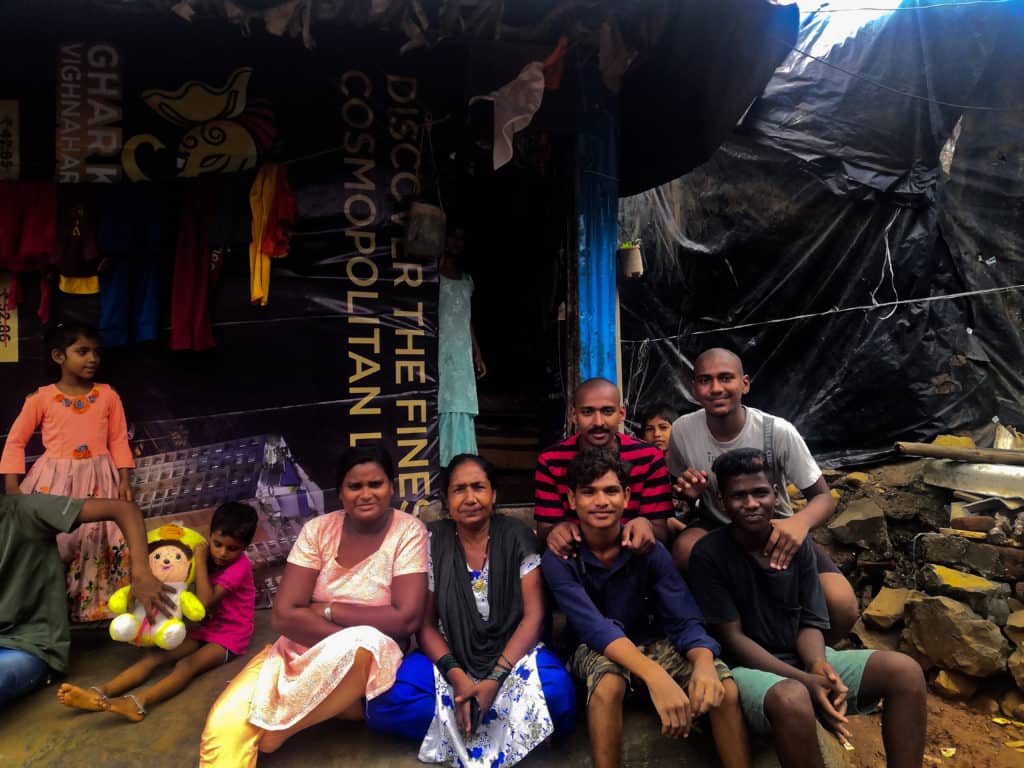
Ayesha Shaikh, in the centre in blue salwar, said she pays Rs 500 for electricity and Rs 500 for water, both extremely tenuous and variable connections. The electricity is usually blocked during the day and they can collect water for barely 12 minutes, after which they have to lug it back up to their homes uphill in the late hours of the night or early hours of the morning.
An inadequate number of community toilets forces the residents, of all genders, to defecate in the open. The nether side of the hill with its green cover allows them privacy, but also increases safety concerns for the women.

The top of the hill is also where the residents’ garbage is deposited, with no other option as the BMC’s garbage collection services do not extend to them. According to the corporator, this is because there has been no response to tenders for it.
And it is this very garbage that rains down on the residents and leads to waterlogging. “As the rainwater rushes down in full force, it brings along the garbage, mud and rocks on its way. The flow of water to reach the gutter — which is at the base of the slope — gets blocked. That stalls the water and it collects, and inevitably enters our houses,” says Tejas Jamnik, a resident of the area.
Local flood mitigation initiatives
In an effort to change this yearly pattern, YUVA and the Lalkaar Youth Group, a local youth group supported by YUVA, organised a cleaning drive in and around their galli on June 12th.

Children too joined in and lent a hand in the cleaning, collecting scraps that would have been swept along with the rainwater and would have ended up blocking the drains. The garbage is yet to be picked up by the BMC.

While they weren’t given an NOC to carry out any construction, the Lalkaar Youth Group dug a small trough for water to flow from the top to the gutter at the end of forest land. The hope is the water will flow through this channel created, preventing waterlogging and thus saving the residents’ houses along the two sides from inundation.
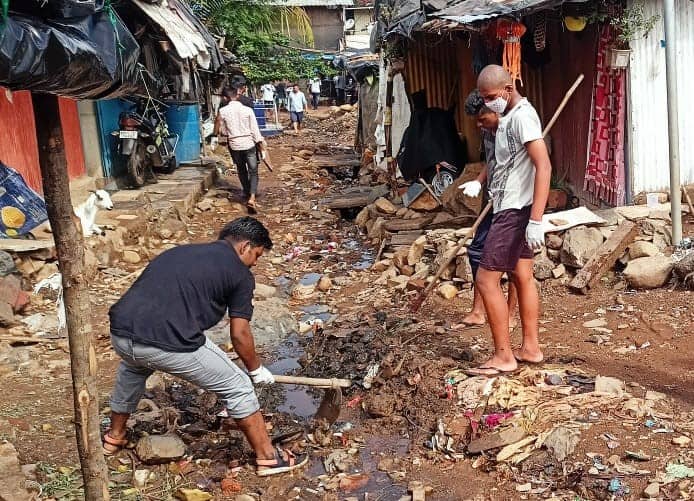
The BMC has made some effort to control the rainwater that showers in the lanes of Kranti Nagar this year. On the top of the hill, where the water collects in catchments of the Poisar river, a trough was dug to collect the water and streamline it towards the nallah on the outskirts of the area.
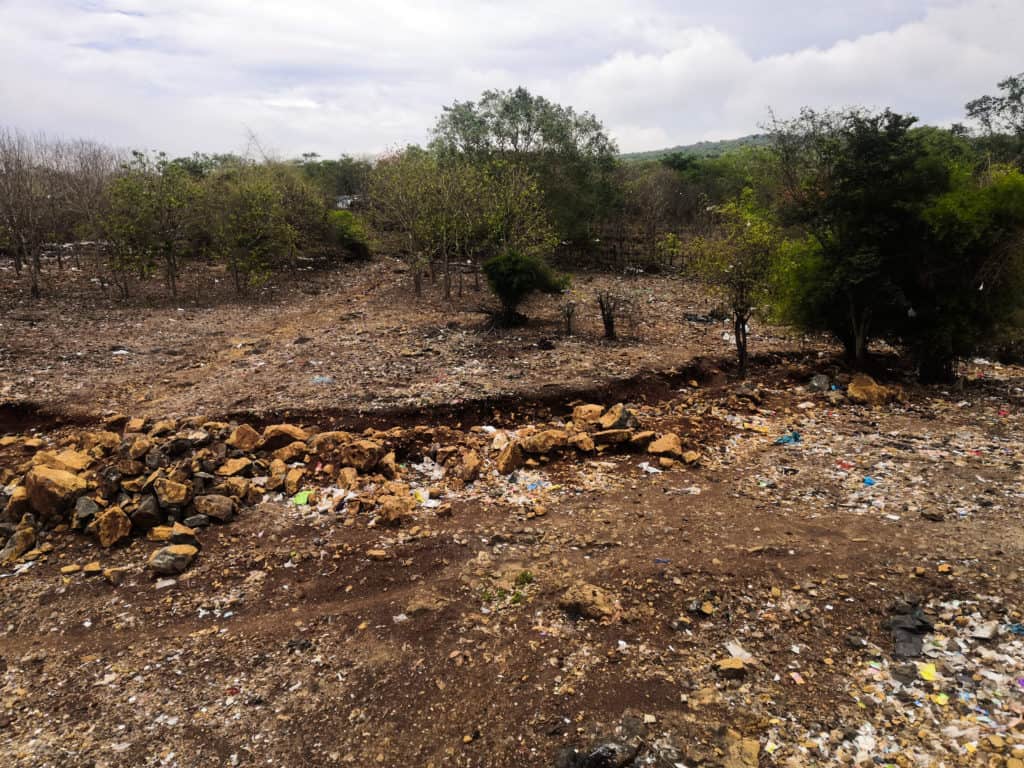
However, this nallah, that flows between Kranti Nagar and the adjoining area, is itself crammed with garbage thrown by residents living along its banks. Mostly dry during the non-rainy seasons, it’s used as a crossing between the areas. The crossing closes with the rains, but the garbage is also washed along with it.

Of course, whether the troughs will have any effect on waterlogging remains to be seen. But Ayesha isn’t hopeful. “The cleaning the kids are doing is very good, but everything will go back to how it was earlier. All the garbage above will come washing below,” she says.